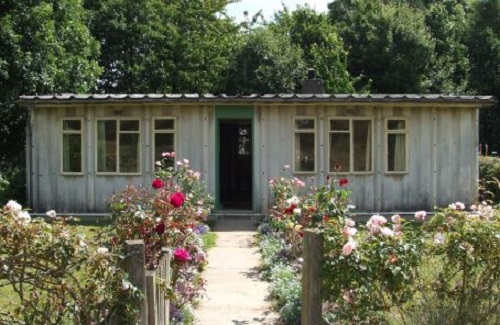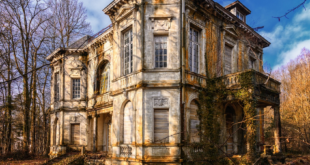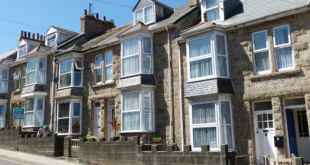Following the destruction of many homes during WWII, the post war government set about the most ambitious housing renewal program our country had ever seen. Prefabricated homes or prefabs as they were generally known were part of the solution. Streamlined manufacturing methods learnt during the war years, was applied to construction.
Today’s government has stated an annual need for 300,000 new homes, despite improvements, we are still building less than 200,000. Planning and finance are commonly stated issues, but the lack of skilled construction staff is another key factor. Prefabricated homes where skills can be utilised more efficiently are being seen once again as an answer to the problem. Other benefits foreseen are in quality control and cost savings.
Post-war prefabricated homes
Around 150,000 prefabs were built following the war, despite a planned life of only ten years, many survived over fifty. There were several types, one even using recycled aircraft materials. All followed a similar design brief as to facilities, layout and size. Crucially the key sections had to be transportable by road, and fast to erect. Bathrooms and kitchens for example, were back to back to ease plumbing and services. For many displaced citizens, the standard of accommodation with fitted kitchens and internal bathrooms was much better than the sub-standard housing they had previously lived in. A 1940’s prefabricated home can be seen at the Chiltern Open Air Museum.
Prefabrication techniques were also used for permanent housing. Prefabricated concrete was used for housing such as the Airey type, found on many post war local authority housing estates and later for high rise housing.
Prefabs for the future
Berkeley Homes, one of the UK’s most successful home builders is opening a factory in Kent. The plan is to build 1000 homes a year. nHouse plan to offer high technology two storey homes designed by architect Richard Hywel Evans. Their plan is to build up to 400 homes per year.
It’s likely that if these early adopters succeed, other developers will follow.
Not so new
German based Huf Haus has been producing factory made “flat pack” houses for many years. Although their homes are generally bespoke and upmarket, it proves the technology.
 Homeowners Club If you are one of the 15 million homeowners in the UK, the free to join online Homeowners Club is for you.
Homeowners Club If you are one of the 15 million homeowners in the UK, the free to join online Homeowners Club is for you.








